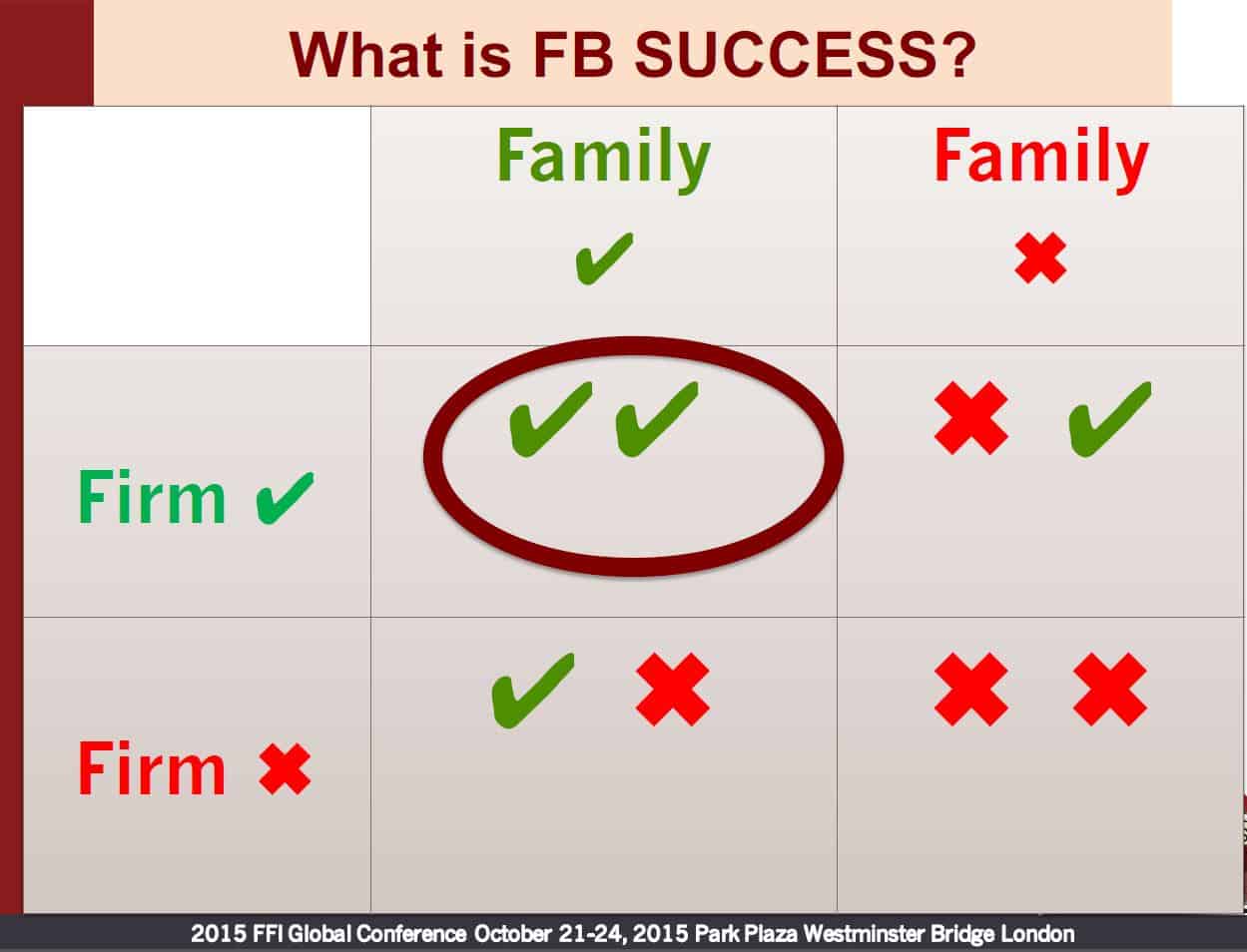Last week I was called upon to do the “good son” thing, and I obliged and brought my mother 6 hours down highway 401 for the funeral of her eldest brother. Meeting up with many cousins that I have lost touch with stirred up long forgotten memories.
The reflections that events bring about are only useful if we take the time to process them, and so thank you for accompanying me on this journey. I will try my best to make this entertaining and educational for you as well, as usual.
The flashback begins in the late 1970’s, when, as a teenager, I began my first summer job, working in the plant of the steel fabrication business that my father founded before I was born. The funeral that I attended last week was for the plant manager, uncle Stu.
My immdediate supervisor that summer was my cousin Mark, from my Dad’s side, and his boss, the plant manager, was my mother’s brother Uncle Stu.
Uncle Stu had initially been a partner with my Dad in the business, but somewhere along the way, during the early days and the struggle to attain profitability, Dad ended up buying out both of his partners.
I was still a kid while this was unfolding, so the details of how things went down are not clear to me, but I can tell you that, decades later, the relationship between these brothers-in-law was never the same.
My mother is a saint to me, and to learn that she was not 100% sold on making the trip to her brother’s funeral says a lot about how their relationship was strained. Going into business with family members can have its drawbacks, especially in the family harmony department.
So during this first week as a teenager in the plant, I soon realized that everyone knew who I was, because my Dad was the big boss. Uncle Stu would walk through the shop at least twice each day, and clearly everyone knew who he was too. His slow, determined gait, coupled with his menacing gaze, were hard to ignore.
Not that Dad’s trips through the plant were easy to miss, but the contrast, in retrospect, was huge. Dad’s pace and style was more “bull in a China shop”, but he was also more likely to stop and talk to someone after catching them doing something right. Of course you never knew if you were getting a compliment or catching hell until he was done.
So here I am, 15 years old, running this huge drill machine, with a whole 5 minutes of training. Everyone knows who I am, I know my cousin Mark and nobody else, except everyone’s bosses, my Uncle Stu and my Dad, who come through every once in a while.
Some seemingly random guy with a beard, a few years older than me (I had just started shaving) stops by to chat with me. I realize a few days later that the guy was my cousin, Uncle Stu’s son, Fred, who I had never seen with a beard until then.
So all these thoughts are going through my head during the funeral, while Fred is eulogizing his Dad, and I am sitting next to Uncle Stu’s youngest sister, my Mom, who is surely reflecting on their shared and complex past.
But the biggest flashback was still to come, after the ceremony, when guests were invited to share a bite to eat and continue sharing memories. Mom had another brother and a sister, both of whom have passed on, who owned neighbouring cottages on a lake, where we often visited them during the summers of my childhood.
Jim, a decade or so older than me, who had married one of my cousins, reminded me that as a youngster, I had confided in him at the cottage by the lake, that “I don’t wanna do what my Dad does”.
I do not remember sharing that thought with him, or anyone else for that matter. But I do remember thinking it, many, many times.
Family business. Plenty of drama for the whole family.
Rest in peace Uncle Stu.


